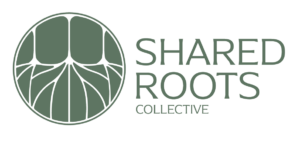
Location
Shared Roots Collective
4507 N Ravenswood Ave, Suite 103
Chicago, IL 60640
In person and remote services available
Contact Info
(312) 210-0658
[email protected]
More Info
Mission and Vision
Privacy Policy
FAQ
Newsletter Archive
©2025 Shared Roots Collective

Race Matters: Black Women Face Unique Barriers to Healing from Sexual Violence
/by Christine EvansSexual violence in the United States remains at epidemic levels, affecting people across race, ethnicity, class, and gender identities. Research clearly demonstrates that Black women face heightened risk of both sexual victimization and its devastating mental and physical health consequences compared to White women. This increased vulnerability stems from systemic factors – poverty, childhood trauma, […]
Community Transformation After Sexual Harm: Churches and Religious Institutions
/by Christine EvansThroughout the two decades of my legal work representing survivors of violent crime, I was often told that sexual harm is an individual problem, solely a conflict between the person who was hurt and the person who harmed them. Yet what I saw on a daily basis is that sexual harm goes beyond this binary, […]
Community-Centered Healing: Restorative Justice in Action
/by Christine EvansApril is Sexual Assault Awareness Month. Coordinated each year by the National Sexual Violence Resource Center (NSVRC) and supported by survivor advocacy groups and organizations across the country, SAAM focuses on raising awareness about the prevalence of sexual harm, providing support resources for survivors, and educating communities on prevention strategies. The focus of this year’s […]